Downtown LA has changed a lot over the years. It grew from a quiet urban core into a busy, fascinating part of the city.
On my journey through downtown Los Angeles, I dove into historic theaters, modern museums like The Broad, and the famous Grand Central Market. I wanted to see for myself how revitalization shapes DTLA.
These spots really showcase both the city’s rich past and all the new energy pulsing through the streets.
As I wandered, old landmarks stood right next to shiny new buildings and creative spaces. That mix of restored theaters, world-class art, and killer food? It’s no wonder people keep coming back to downtown LA.

Exploring Downtown LA’s Historic Theaters
Downtown LA overflows with grand old theaters, wild architecture, and quirky spots that put the city’s history front and center. I stumbled across everything from ornate movie palaces to lively cultural spaces and even a creative bookstore.
The Movie Palaces of Broadway Street
Walking down Broadway Street, I spotted rows of historic theater marquees and elegant facades. These theaters used to be grand “movie palaces,” built between the early 1900s and 1930s.
Some, like the Los Angeles Theatre and the Orpheum Theatre, still grab attention with their lavish interiors—think crystal chandeliers and massive auditoriums.
Back in the day, moviegoing was a huge event. These palaces packed in crowds for film premieres and stage shows.
Today, preservation groups keep many of them open for public tours. The Los Angeles Conservancy runs monthly Historic Broadway Theater tours, so visitors can peek backstage, check out old dressing rooms, and see details most people never notice.
| Notable Theaters | Opened | Style |
|---|---|---|
| Los Angeles Theatre | 1931 | French Baroque |
| Orpheum Theatre | 1926 | Beaux-Arts |
| Palace Theatre | 1911 | Renaissance Revival |
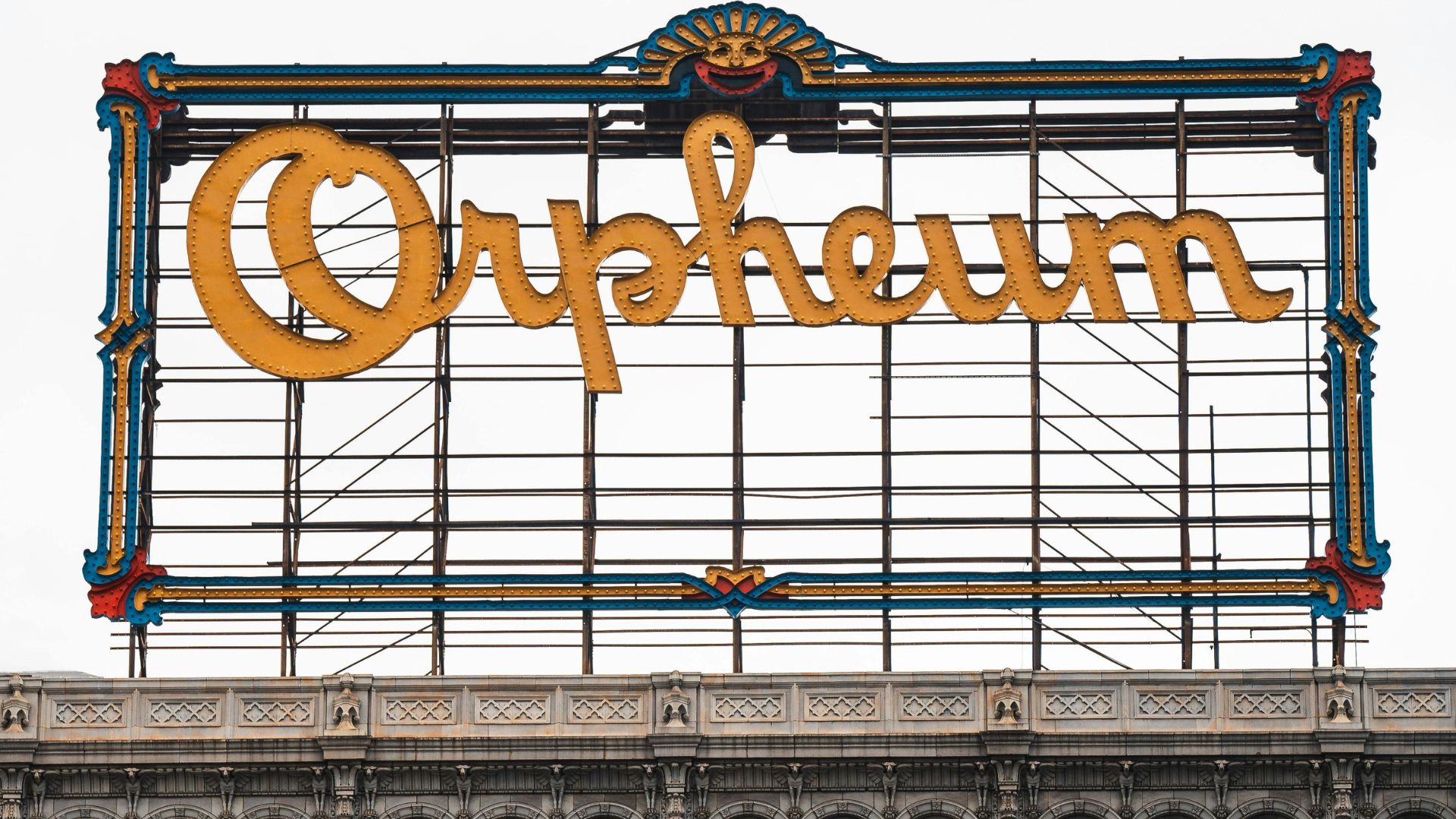
Architectural Marvels and Heritage Landmarks
What really wowed me were the designs. Each theater seemed to have its own vibe.
I spotted hand-carved details, gold leaf touches, murals, and those impossibly high, arched ceilings. Styles jumped from Spanish Revival to Art Deco, with a blend of European and American influences.
Some buildings now have official historic landmark status. They survived thanks to groups who value LA’s cultural heritage.
Stepping inside, I felt the glamour of another era. The exteriors and interiors still dazzle, even after all these years.

Live Performances and Cultural Events
These historic theaters buzz with activity. I caught everything from musicals and concerts to stand-up comedy and dance nights.
The Orpheum hosts big-name music acts, while the Theatre at Ace Hotel brings in modern shows. Smaller venues showcase indie plays and film screenings.
Crowds of locals and visitors fill the seats. The restored venues offer an atmosphere you just don’t get in a modern theater.
Attending a show here? It feels special every time.
- Orpheum Theatre: Concerts, comedy, special events
- Los Angeles Theatre: Classic movie festivals, private events
- Ace Hotel Theater: Film, music, new media

The Last Bookstore: A Literary Icon
After the theaters, I wandered over to the Last Bookstore, just a few blocks from Broadway. This old banking hall morphed into one of LA’s top indie bookstores.
It’s famous for creative displays—there’s even a tunnel made from stacked hardcovers and shelves that wind through old vaults and lofts.
You’ll find new and used books, a huge vinyl section, and art from local creators. Quiet reading nooks and themed art installations make it feel like more than just a shop.
They host readings, writing workshops, and live events, tying the bookstore to the neighborhood’s creative spirit. The Last Bookstore blends LA’s literary culture with its architectural history.
Immersing in Modern Museums and Artistic Spaces
Downtown LA bursts with creative energy. You’ll find world-class art museums and wild architecture, all a short walk apart.
The Broad: Contemporary Art Showcase
When I visited The Broad, the building itself caught my eye even before I went inside. That honeycomb-like exterior—“the veil”—is all over Instagram.
Inside, the contemporary art collection blew me away. The Infinity Mirror Rooms by Yayoi Kusama are a crowd magnet, but you’ll also spot works by Jeff Koons, Jean-Michel Basquiat, and Andy Warhol.
It’s free to enter, but you’ll need a timed ticket for the popular stuff.
After a short line, I found myself in bright, quiet galleries. The Broad makes contemporary art feel accessible—even if you’re not an art buff.
| Highlights | Details |
|---|---|
| Location | 221 S Grand Ave, Los Angeles |
| Opened | 2015 |
| Admission | Free (timed tickets) |
| Special | Infinity Mirror Rooms |

Museum of Contemporary Art (MOCA)
MOCA sits just a short stroll from The Broad. It focuses on contemporary art made since 1940.
The red sandstone building stands out right away.
Inside, I saw paintings, photography, sculpture, new media, and installations by both famous and up-and-coming artists. Works from Mark Rothko, Barbara Kruger, and David Hockney fill the galleries.
Sometimes, the special exhibits get pretty experimental.
MOCA feels quieter and more reflective than The Broad. There are plenty of seats where you can just chill and soak in the art.
The staff actually encourage questions, which makes the place feel welcoming.
Walt Disney Concert Hall and Frank Gehry’s Vision
Further down Grand Avenue, I ran into the Walt Disney Concert Hall. Those curving steel shapes shine in the sun.
Frank Gehry designed it, and honestly, the building itself is a work of art.
I didn’t catch a concert, but I explored the entrance and wandered through the outdoor garden. The Los Angeles Philharmonic calls this place home, and the concert hall is famous for its acoustics.
They offer free self-guided audio tours, so you can learn about the design and the hall’s place in LA’s arts scene.
The connection between music, modern architecture, and downtown’s creative culture makes this spot unforgettable.
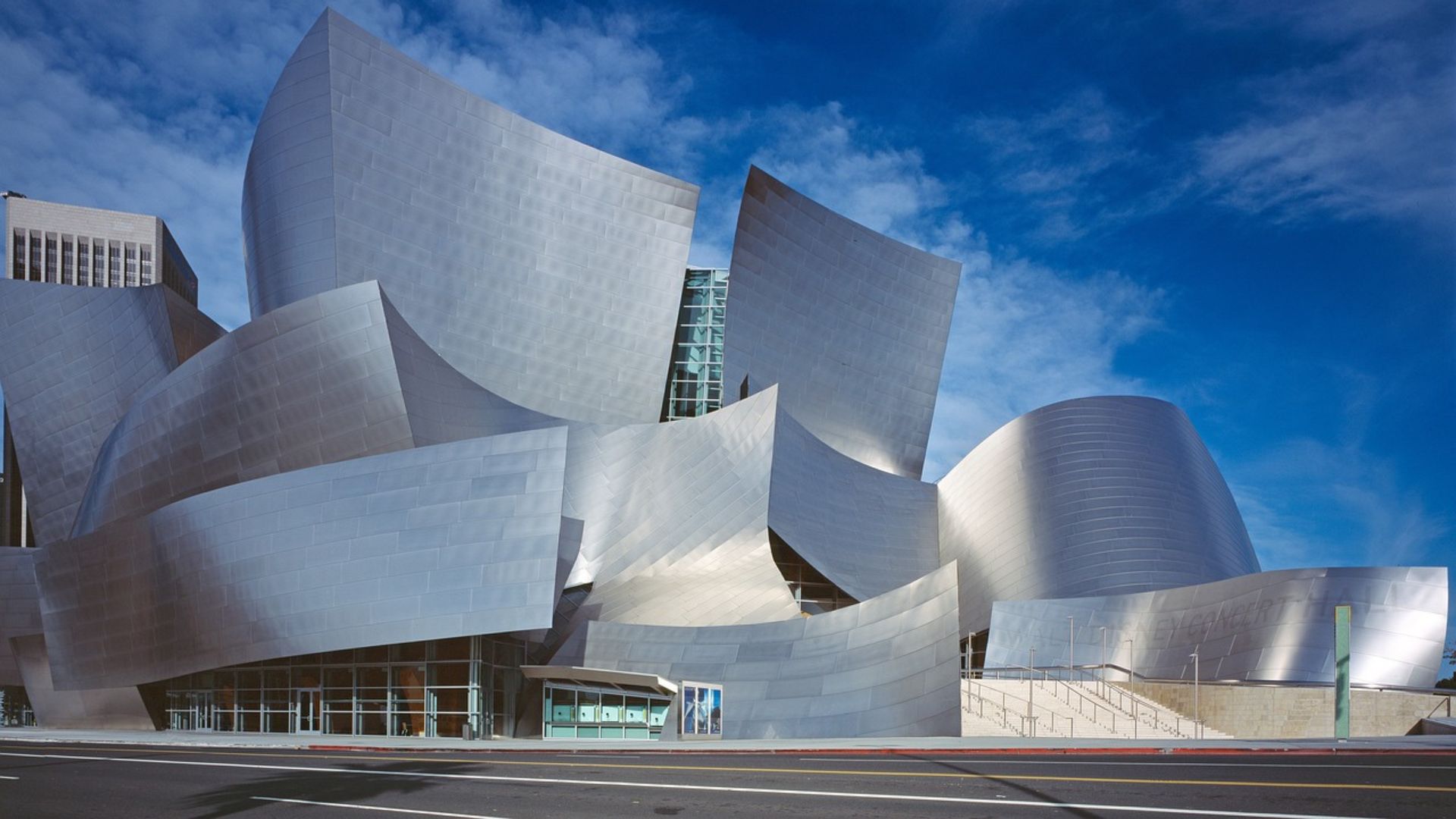
Experiencing Grand Central Market’s Flavors
Grand Central Market packs in every kind of food stall. Old-school vendors mix with new spots pushing creative menus.
Every visit brings something different. Whether I want to grab a quick bite or sit and chat, there’s always space for everyone.
Iconic Food Vendors and Local Favorites
When I step inside Grand Central Market, rows of food vendors stretch out in every direction. Some, like Sticky Rice and China Cafe, have served regulars for years.
Others keep things fresh with bold new dishes.
The real draw is the mix of local and global flavors. I’ve devoured spicy tacos at Ana Maria, homemade pupusas at Sarita’s, and slurped ramen or grabbed a slice of pizza.
Crowds gather near the hottest stalls, especially at lunch.
Even if I’m not hungry, I love wandering around, picking up a snack, and watching cooks work their magic. The open setup lets you see what’s popular and encourages trying something new.

Classic Sandwiches: Eggslut, Wexler’s Deli, and PBJ.LA
If you’re at Grand Central Market, you have to try a sandwich. Eggslut always draws a line for their egg sandwiches.
My go-to is the Fairfax—soft scrambled egg, chives, and cheese in a warm brioche bun.
Wexler’s Deli serves up classic Jewish deli fare. Their house-smoked pastrami and bagels are some of the best I’ve tasted in LA.
PBJ.LA reinvents the peanut butter and jelly with nut butters like almond and cashew, plus jams in wild flavors. Vegan and gluten-free folks have options, so everyone can get in on the fun.
| Vendor | Specialty | Notable Dish |
|---|---|---|
| Eggslut | Egg Sandwiches | Fairfax |
| Wexler’s | Smoked Meats/Bagels | Pastrami Sandwich |
| PBJ.LA | Modern PB&J Sandwiches | Classic PBJ Remix |
Street Food and Community Dining
Grand Central Market thrives on its street food scene. I’ve waited in line for tacos loaded with grilled meats, Mexican-style corn dusted with chili powder, and tamales wrapped in husks.
The scents and flavors are tough to ignore.
Most seating is communal. I usually grab a stool or share a table with strangers.
That buzz of conversation? It makes the place feel alive.
Affordable bites are everywhere—tacos, burritos, pizza, fresh pupusas. For dessert, you’ll spot churros, fresh fruit, and pastries.
Every visit brings new vendors and flavors. It’s never boring.
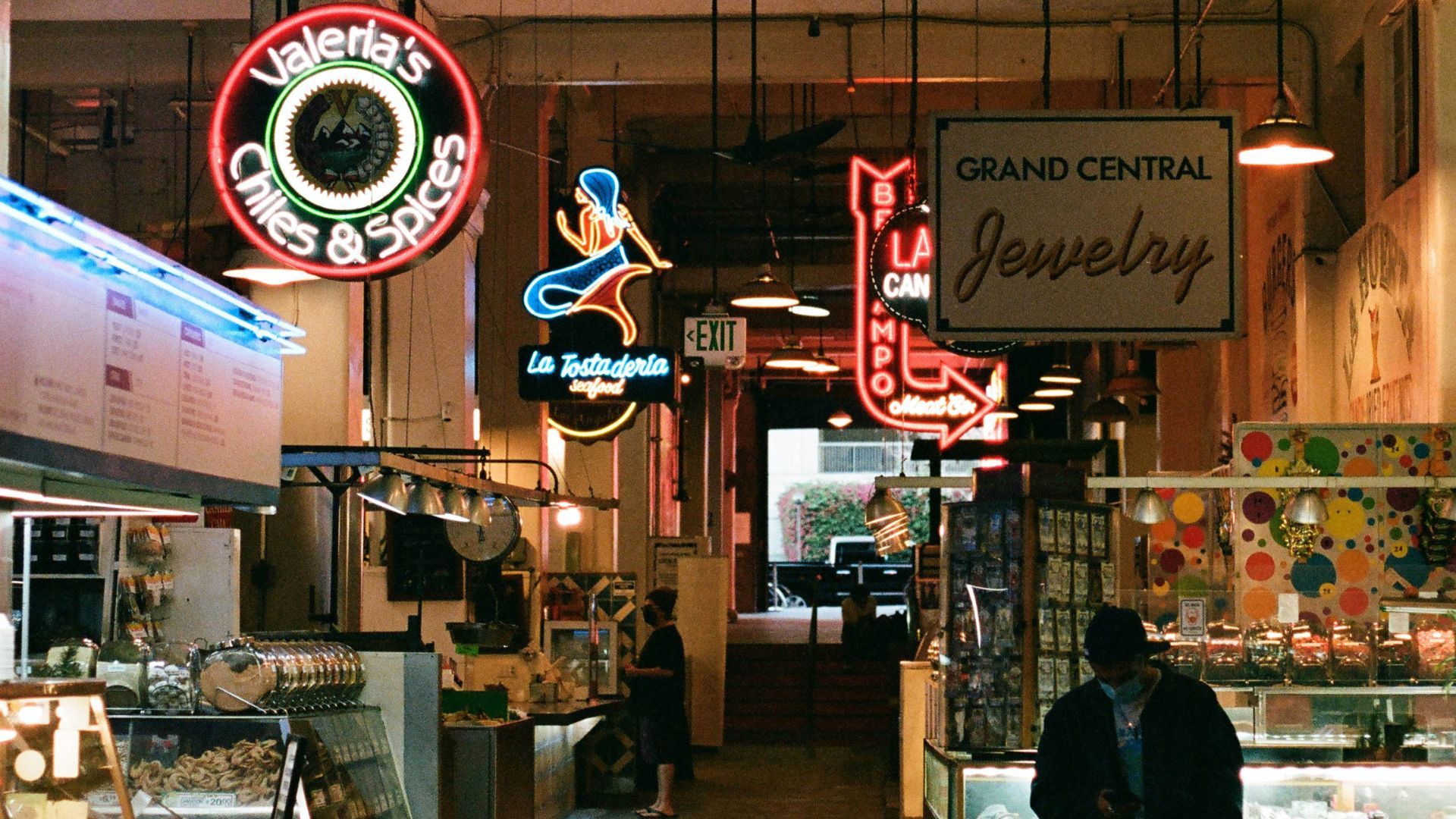
Vibrant Neighborhoods and Cultural Landmarks
Exploring Downtown LA, I found neighborhoods and landmarks that really showcase the city’s cultural mix. Each spot had its own architecture, stories, and things to do.
DTLA’s heritage shines through in every corner.
Little Tokyo and Japanese American National Museum
Little Tokyo is one of only three official Japantowns left in the US. Streets brim with Japanese restaurants, bakeries, and gift shops.
Paper lanterns and murals celebrate the neighborhood’s history.
At the Japanese American National Museum, I learned about Japanese Americans during World War II and their impact on LA.
Interactive displays, art installations, and a memorial honoring families affected by internment line the exhibits.
I sat in the plaza and watched locals gather at the Go For Broke Monument. Festivals and cultural events fill the area, especially during Nisei Week in August.
Little Tokyo blends history, activism, and community in a small, walkable space.
Chinatown’s Central Plaza Experience
Chinatown’s Central Plaza gave me a taste of both old traditions and new businesses. The dragon-topped gateway and Dr. Sun Yat-sen statue greet you at the entrance.
Shops sell herbal medicines, souvenirs, and Chinese pastries. In the center, people play chess and listen to music.
Neon signs glow against pagoda-style buildings.
Local restaurants dish out dim sum, BBQ pork buns, and bubble tea. Murals and temples add color and history.
During public events like the Lunar New Year parade, Central Plaza bursts with music, dragons, and food stalls.
Olvera Street and Avila Adobe
Olvera Street calls itself the birthplace of Los Angeles. Mexican craft shops, restaurants, and open-air stalls line the street, selling sweets and souvenirs.
Avila Adobe stands out as the oldest residence in LA. I wandered through its simple rooms and learned about the Avila family and early city history.
Displays explain adobe construction and showcase old photos.
Mariachi bands play in the plaza outside. Families munch on taquitos and churros.
Colorful banners, piñatas, and historic murals add to the festive vibe. Guided tours happen daily in both Spanish and English.
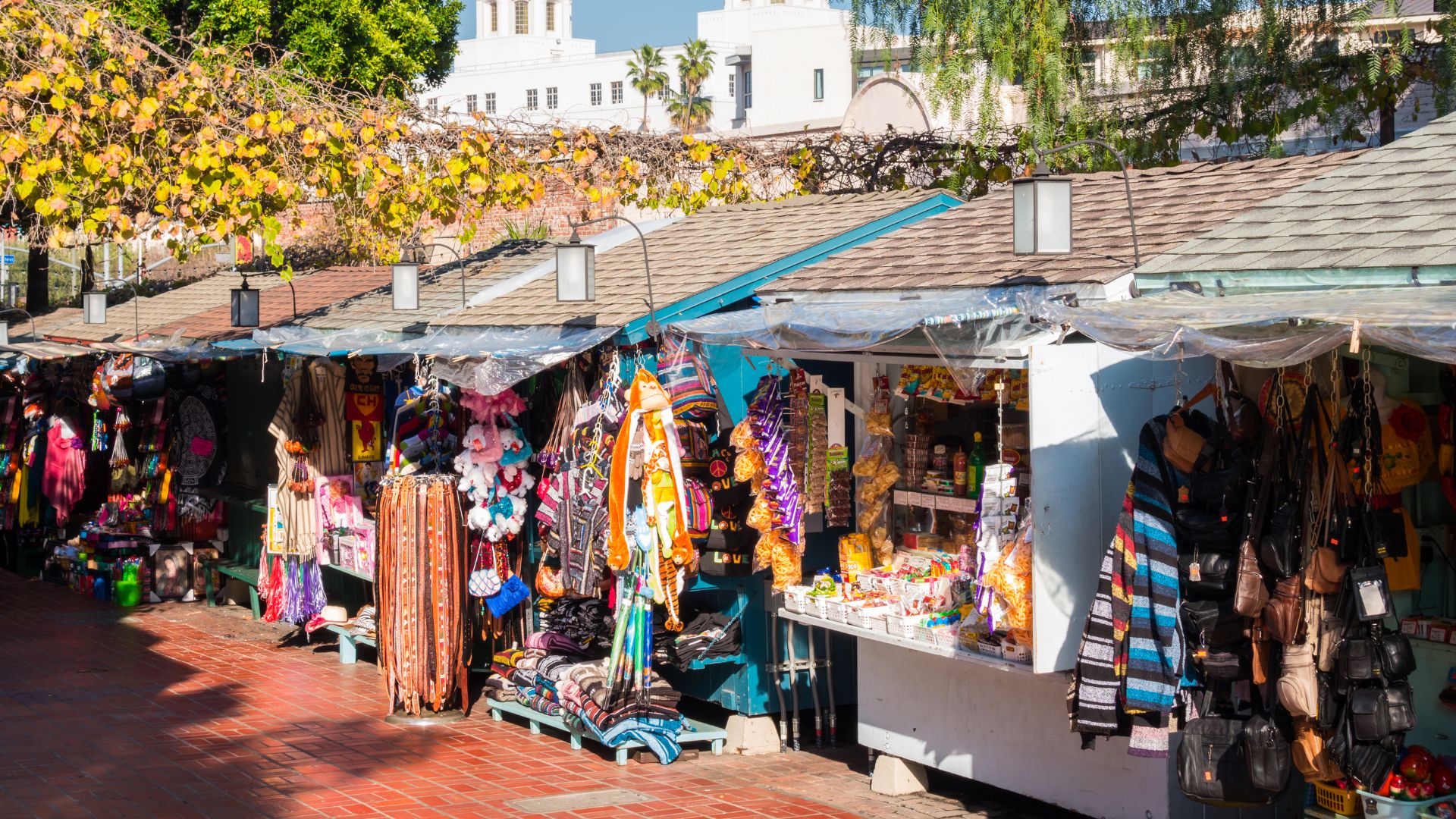
Angels Flight Railway and Union Station
Angels Flight Railway really stands out as a little slice of Los Angeles history. This short, steep funicular zips passengers up and down Bunker Hill, connecting Hill Street to Grand Avenue. I hopped onto the bright orange railcar for just a few bucks—totally worth it.
At the top, I caught views of shiny skyscrapers and nearby museums. The railway opened back in 1901, and folks often call it “the world’s shortest railway.” People have kept it running through plenty of maintenance and restoration, so locals and tourists can still ride it today.
Just a few blocks away, Union Station mixes Art Deco flair with Mission Revival touches. I stepped inside and immediately noticed the grand waiting room, complete with big chandeliers and Spanish tile floors. Watching commuters rush by and soaking in those preserved details from the early 20th century—right in the middle of modern downtown—felt pretty surreal.
Creative Hubs and Urban Life in DTLA
Downtown LA buzzes with creative spaces, up-and-coming neighborhoods, and art-driven communities. The mix of historic buildings and new developments gives the city center a pulse you can actually feel.
Arts District: Evolution and Innovation
You’ll find the Arts District tucked between Little Tokyo and the LA River. It used to be all factories and warehouses, but now? Artists, designers, and creative businesses call it home.
Murals splash color across old brick walls. I wandered past cafes with doors flung open, people sketching at sidewalk tables, and murals covering entire city blocks. Places like Hauser & Wirth bring in global art exhibitions, while smaller galleries give new LA artists a chance to shine.
Monthly events like the Downtown Art Walk pull in big crowds. You can really feel how much art matters here. Public spaces and open studios make the district a magnet for artists and anyone who loves their work.
ROW DTLA and Smorgasburg
ROW DTLA used to be part of LA’s industrial warehouses. Now, it’s a collection of restored buildings with a mix of modern shopping, dining, and creative workspaces.
As I wandered through ROW DTLA, I spotted clothing shops, coffee spots, and artist studios in these huge, open spaces. The industrial character of the buildings gives the place a cool, gritty vibe. Every Sunday, Smorgasburg takes over with dozens of food vendors—ramen, tacos, ice cream, you name it. The smell of fresh food drifts through the air, and crowds gather in shaded courtyards.
ROW DTLA works as both a business hub and a community space. Pop-up shops, art installations, and start-up offices keep things interesting. For me, it’s a spot to try new foods and bump into creative folks.
Galleries and Artists’ Studios
DTLA’s galleries and studios hide behind lofts and above storefronts. I stumbled upon everything from photography to wild abstract paintings, often in spaces where I could chat with the artists themselves.
Galleries tend to switch up their exhibits every month, so there’s always something fresh to see. The Bendix Building, for example, packs multiple galleries into one spot—makes it easy to bounce between different styles. Studios open their doors during art events, letting you peek at art in progress.
That close link between creators and visitors brings an energy you just don’t find everywhere. I always leave with a few new favorite artists and plenty of inspiration.
Navigating Downtown LA: Tips for Visitors
Downtown LA is busy, walkable, and packed with things to check out. Planning your route and picking your must-see spots will make your visit way smoother.
Parking and Public Transportation
Parking in Downtown LA can get pricey and honestly, kind of stressful, especially when it’s busy. Most garages charge anywhere from $8 to $25 per day, depending on where you are and what’s going on nearby. I usually hunt for parking garages ahead of time using apps like SpotHero or ParkWhiz.
If I’m only stopping by for a bit, I’ll try metered street parking, but those usually max out at two hours.
Public transportation helps you skip the parking headache. The Metro Red and Purple Lines stop at Pershing Square and 7th St/Metro Center, both close to big attractions. Buses run frequently, and DASH shuttles offer cheap rides on local routes. I always keep a TAP card handy for Metro buses and trains.
A simple table of transit options:
| Option | Pros | Cons |
|---|---|---|
| Parking Garage | Secure, near venues | Costly, can fill up |
| Street Parking | Convenient, may be cheaper | Time limits, hard to find |
| Metro Rail | Fast, no traffic | Crowded during events |
| DASH Shuttles | Cheap, covers downtown neighborhoods | Limited routes |
Definitely check traffic and parking if there’s a big event at Crypto.com Arena or LA Live. It gets wild.
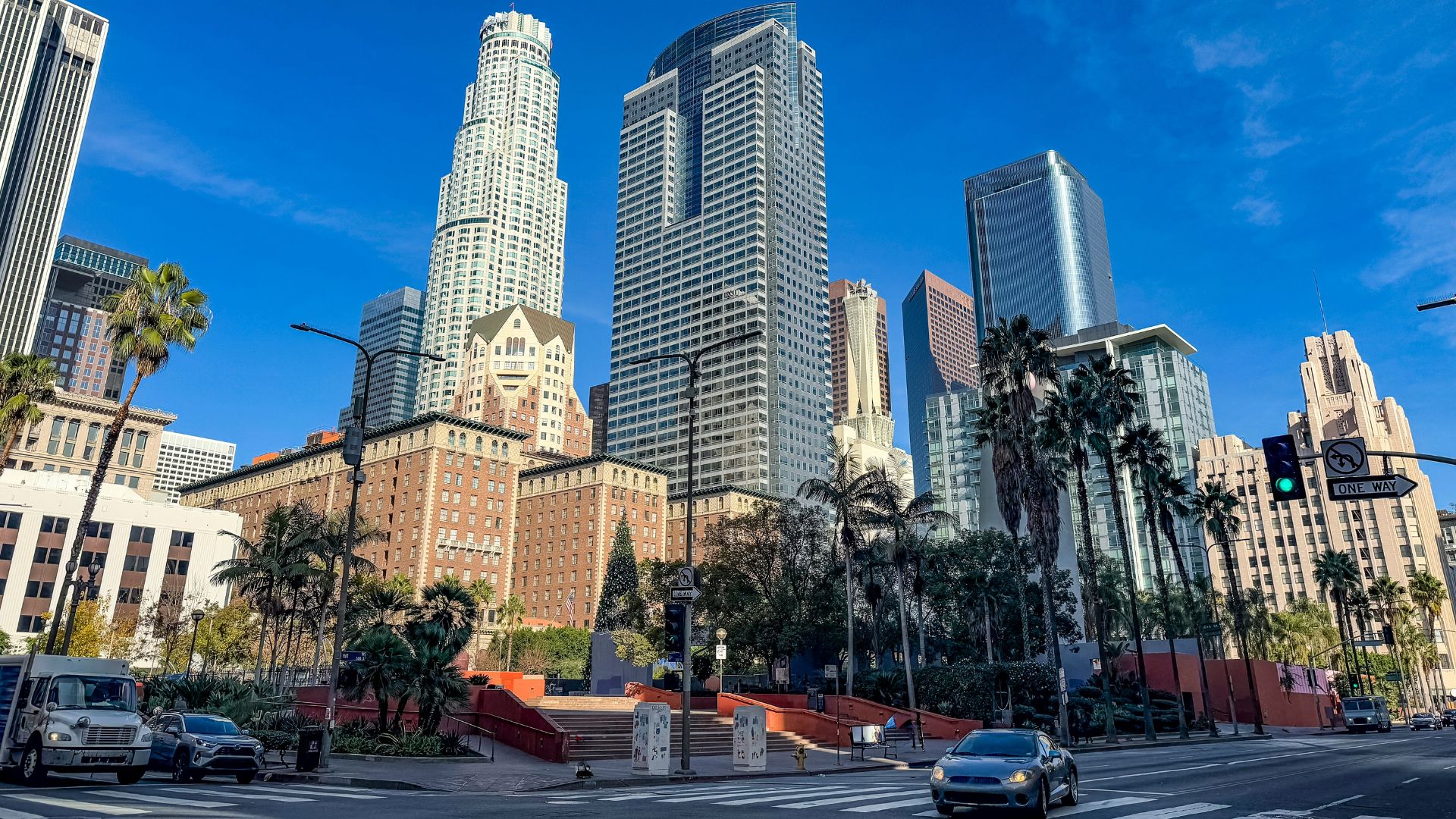
Grand Park, Rooftop Views, and Urban Spaces
Grand Park stretches across four city blocks, linking the Music Center with City Hall. I love the wide lawns, fountains, and those pink benches—perfect for people-watching. The park often features food trucks and free outdoor events.
Rooftop bars and restaurants serve up some of the best city views. Perch is my favorite—French-inspired food and a killer view of the city lights. The rooftop at The Ace Hotel is great for sunsets and sometimes live music.
If you’re after a quiet spot, check out Maguire Gardens next to the Central Library. It’s a small, shady green space with sculptures—ideal for a quick breather.
LA Live and Grammy Museum
LA Live is a huge entertainment hub right beside Crypto.com Arena.
Whenever I’m at LA Live, I usually swing by the Grammy Museum. It’s packed with interactive exhibits on music history and legendary Grammy winners. Kids and adults can listen to old recordings and see stage costumes up close.
LA Live itself is loaded with restaurants, movie theaters, and live shows. The Metro Pico Station is just a short walk away, and you’ll find plenty of parking garages, though prices jump when there’s an event. For food, I’m a fan of Yard House or Lazy Dog for a quick bite before a game or concert.
Los Angeles Central Library and Panoramic Viewpoints
The Los Angeles Central Library sits right in the middle of downtown. Honestly, it’s a landmark you shouldn’t skip.
There’s something about the historic architecture that draws you in. The rotunda’s painted ceiling and those grand old windows always catch my eye.
You can pop into the main branch any day of the week. They’ve got free Wi-Fi, cool Art Deco interiors, and this surprisingly calm atrium garden that feels like a little escape.
If you’re after those big city views, things have changed a bit. The OUE Skyspace LA, which was up in the U.S. Bank Tower, used to be the go-to spot—but it shut down in 2020.
Now, rooftop bars like Spire 73 fill that gap. They serve up some of the highest public viewpoints in LA.
For the best photos, I always aim for late afternoon or early evening. There’s just something magical about watching the city glow as the sun sets.

